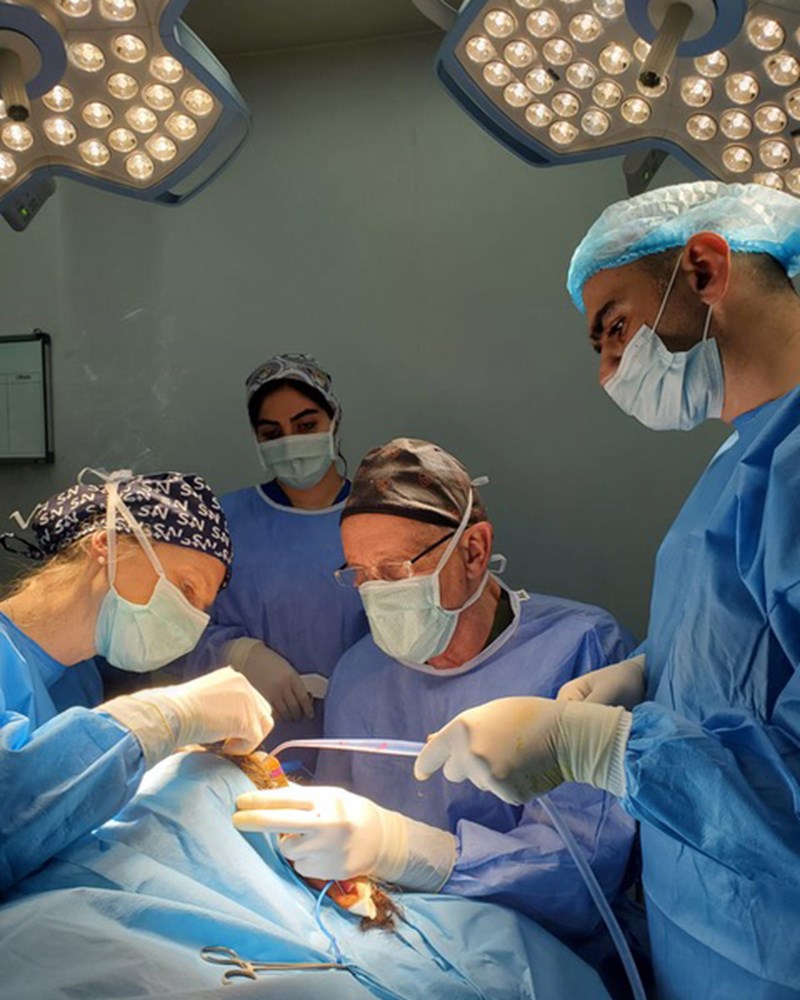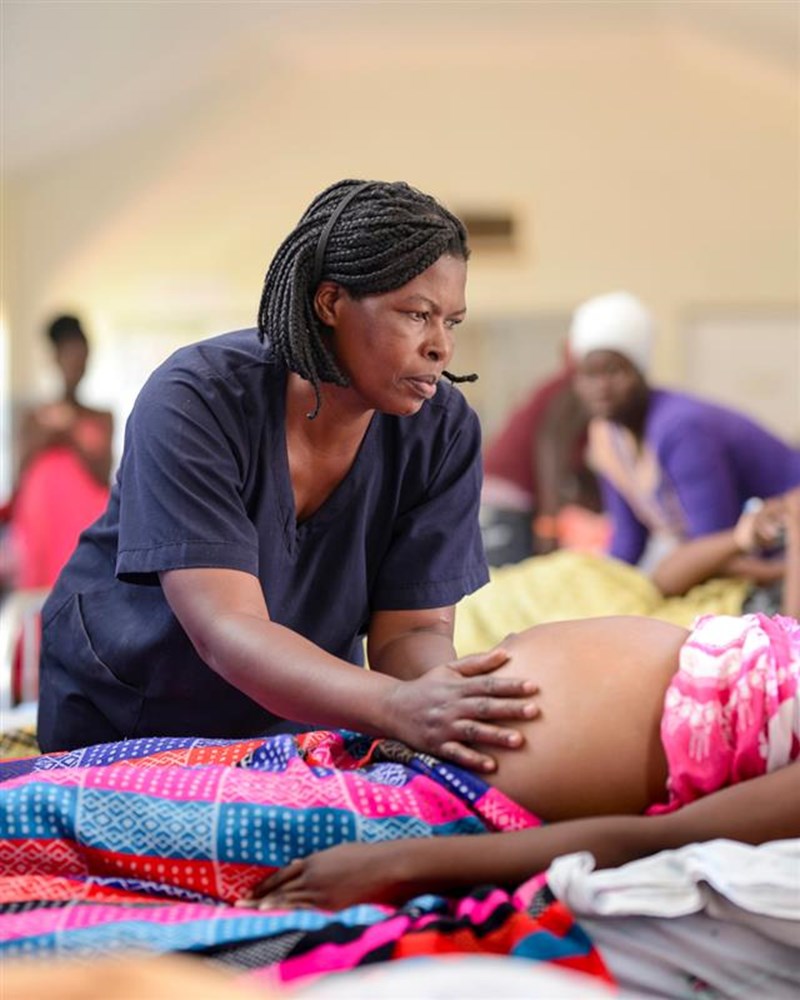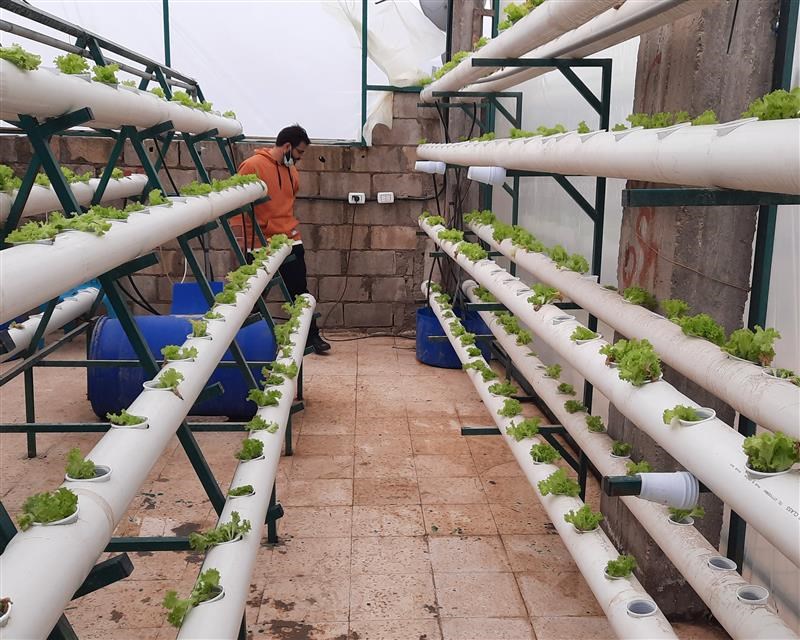The world of foreign aid is at a crossroads. Changes at USAID have reignited a debate on the unpredictable nature of humanitarian support. While emergency food relief has resumed in Lebanon, Syria, Somalia, Jordan, Iraq, and Ecuador, crucial assistance for nations including Afghanistan and Yemen remains on hold. These changes hint at an emerging US model that favours emergency support over long-term, sustainable involvement.
Yet this moment reveals a deeper truth: the need for a fundamental rethink of how we deliver development and humanitarian aid. What’s required now is smarter aid – support that not only responds to immediate crises but builds the foundations for lasting progress. Nowhere is this clearer than in the fight to improve maternal healthcare in the world’s most fragile regions.
Every day, thousands of women risk their lives to bring new life into the world. Consider this – in 2023, the World Health Organization reported 260,000 maternal deaths, with a staggering 92 percent of these in low- and lower-middle-income countries. With smarter aid, focused on prevention, access, and local capacity-building, the tragic reality is that most of these deaths are preventable.
In wealthier countries, childbirth is typically safe, supported by trained health professionals and emergency care when needed. However, in sub-Saharan Africa, only 60 percent of births are attended by skilled health personnel. According to UNICEF, across Asia, under-five mortality remains alarmingly high in several countries, driven largely by conflict, poverty, and weak health systems. South Asia alone accounts for 26 percent of global under-five deaths, even though its under-five mortality rate has declined by 72 percent since 1990.
The contrast is even starker in conflict-affected areas: in Afghanistan, for example, nearly half of all births lack skilled attendance, and basic emergency obstetric care is scarce. Without access to trained providers, routine complications – like postpartum haemorrhage or obstructed labour – quickly become life-threatening emergencies.
Women in remote areas, especially those trapped in poverty, confront insurmountable obstacles in their quest for healthcare. In many regions, the nearest facilities are agonisingly out of reach – a crisis most acute in areas prioritised by the Sustainable Development Goals, such as sub-Saharan Africa and Southern Asia, where a severe shortage of skilled providers and critical supplies exacerbates an already desperate situation.
Picture a soon-to-be mother in a distant village of rural Afghanistan or Pakistan, unsure if she will ever reach a safe place to give birth. She walks for hours over rough terrain to a field hospital, knowing that if complications arise, her chances of survival are slim. This is not an abstract example – it is the daily reality for millions of women across the world. Those who survive the gruelling journey to the hospital often find themselves sharing a bed with another patient, or their premature babies sharing incubators – if they exist at all.
The result? In Afghanistan, a woman dies every two hours from pregnancy-related complications.






